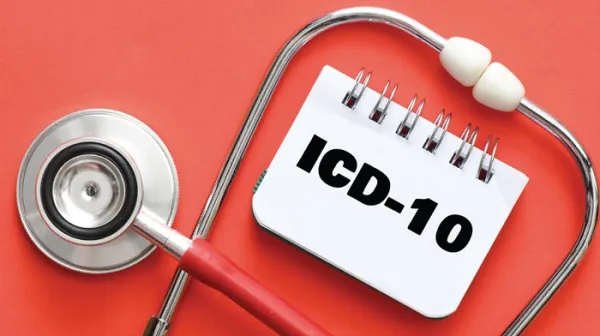Pathology/Lab Coding Alert
CPT® Coding:
Know How to Use the Pathology Consultation Codes
Published on Wed Mar 13, 2024

You’ve reached your limit of free articles. Already a subscriber? Log in.
Not a subscriber? Subscribe today to continue reading this article. Plus, you’ll get:
- Simple explanations of current healthcare regulations and payer programs
- Real-world reporting scenarios solved by our expert coders
- Industry news, such as MAC and RAC activities, the OIG Work Plan, and CERT reports
- Instant access to every article ever published in Revenue Cycle Insider
- 6 annual AAPC-approved CEUs
- The latest updates for CPT®, ICD-10-CM, HCPCS Level II, NCCI edits, modifiers, compliance, technology, practice management, and more
Related Articles
Other Articles in this issue of
Pathology/Lab Coding Alert
- CPT® Coding:
Know How to Use the Pathology Consultation Codes
Here’s how to get time on your side. In 2021, the Centers for Medicare & [...] - Compliance:
Follow These 3 Best Practices to Create Compliant Documentation
Don’t forget to add the date when you create a documentation addendum. Every coding professional [...] - HIPAA:
Learn These 3 Truths and 3 Myths about PHI
Hint: De-identifying records may allow you to scrub PHI from them. From patient names to [...] - You Be the Coder:
Lookout for ‘Sentinel’ Lymph Nodes
Question: As part of a partial mastectomy case, the surgeon submits a separate container with a [...] - Reader Questions:
Round Up H. Pylori Coding Options
Question: When our lab performs a test to detect H. pylori infection, how can I determine [...] - Reader Questions:
Focus Breast Cancer Dx Coding
Question: The pathologist diagnosed inflammatory breast cancer. Should we report this using diagnosis code N61 instead [...] - Reader Questions:
Choose CLIA Category Correctly With These Resources
Question: How can I find out the categorization of a lab test under CLIA? Minnesota Subscriber [...]
View All




